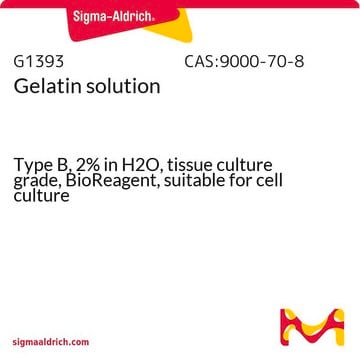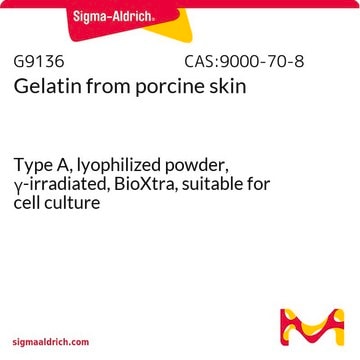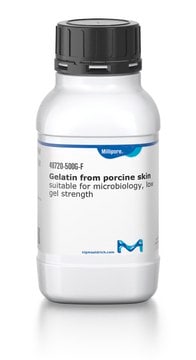Gelatin is a heterogeneous mixture of water-soluble proteins of high average molecular masses, present in collagen. Proteins are extracted by boiling the relevant skin, tendons, ligaments, bones, etc. in water. Type A gelatin is derived from acid-cured tissue. Type B is derived from lime-cured tissue. Gelatin is a hydrocolloid and is rich in glycine, proline and hydroxyproline, which impart structural stability. It is synthesized from the alkaline digestion of collagen from bovine skin and is referred as type B. It has wide applications in food industry.
[1] Gelatin takes up random coil structure after digestion from the triple helical collagen.
[2] The most common source for industrial production of gelatin is slaughter byproducts. The type A gelatin from porcine and type B differ in their isoelectric pH. The N-terminal sequence of bovine gelatin is unique for its identification. It has gelling property and displays surface behaviour for use in foams and adhesions.
[3]












